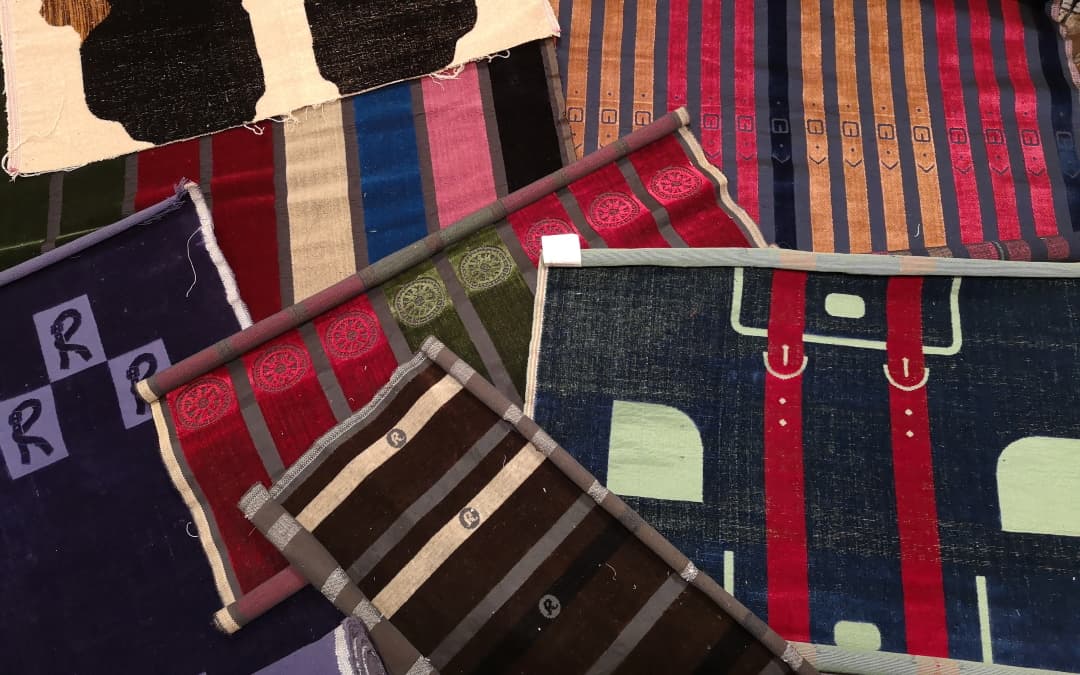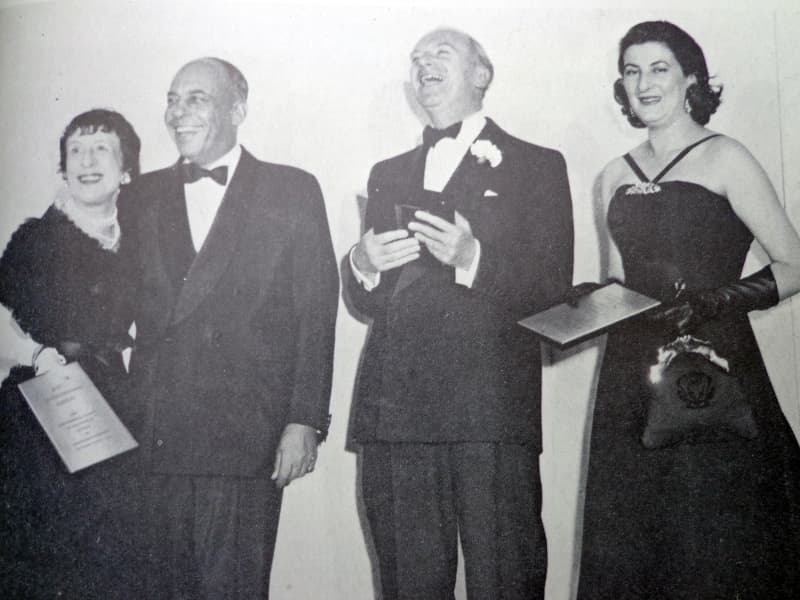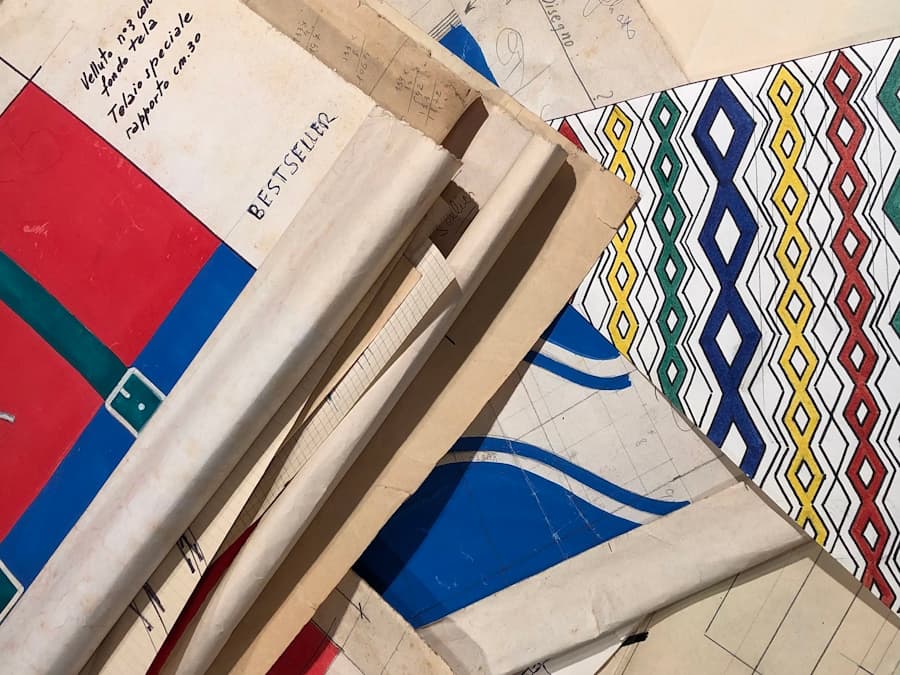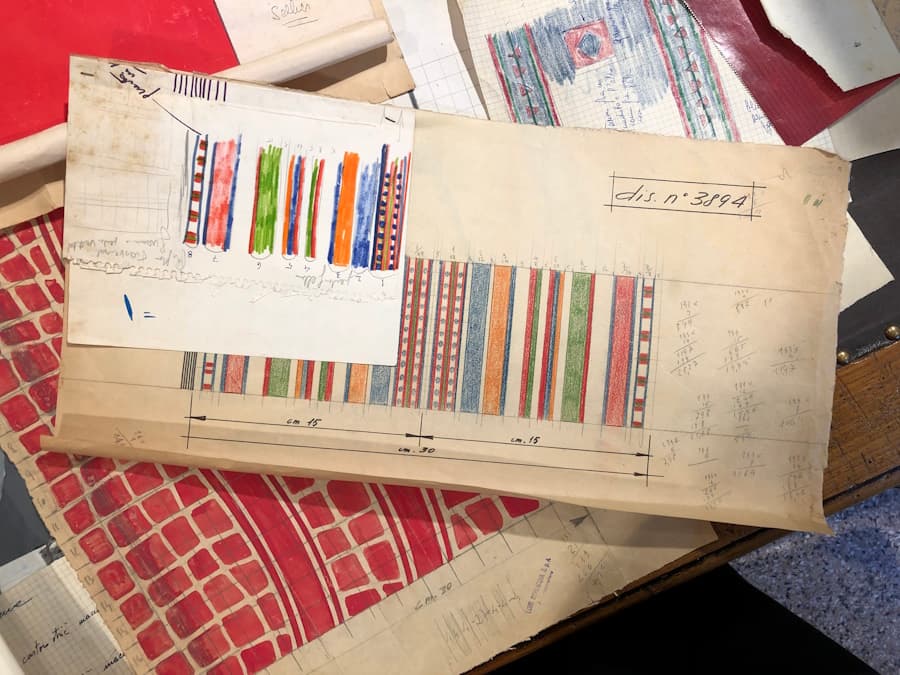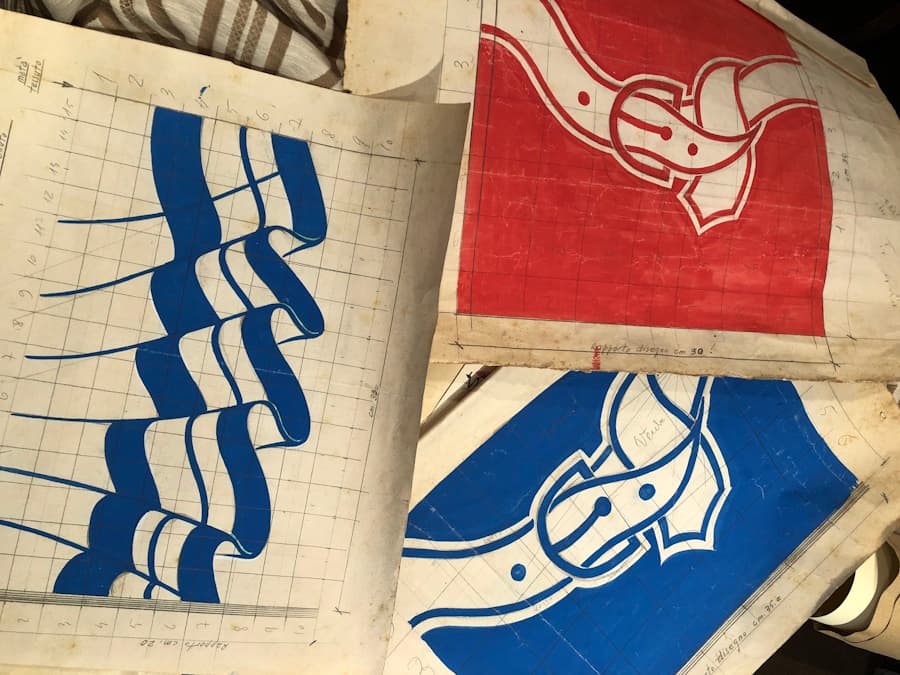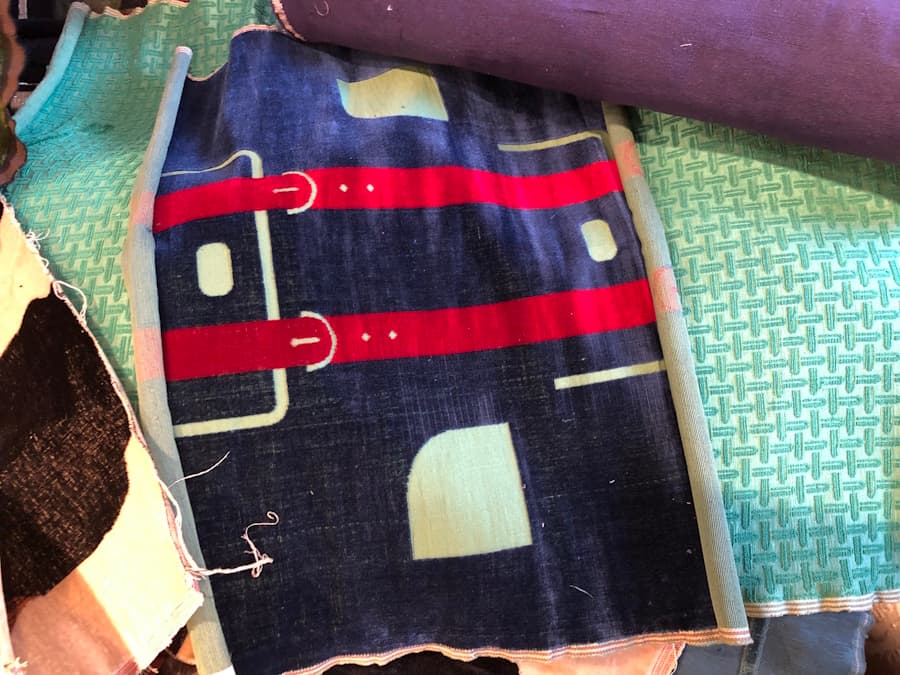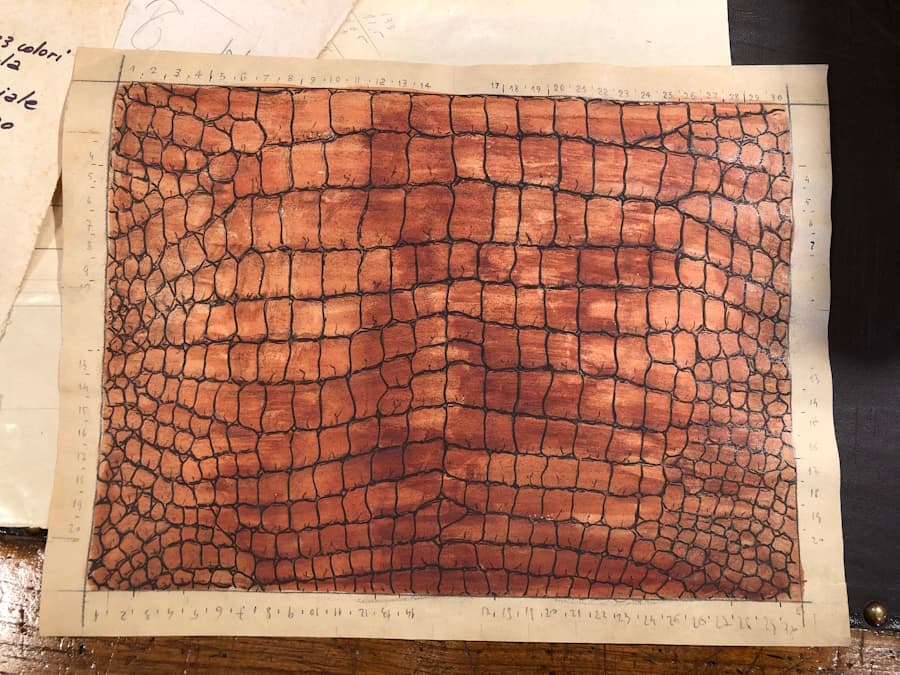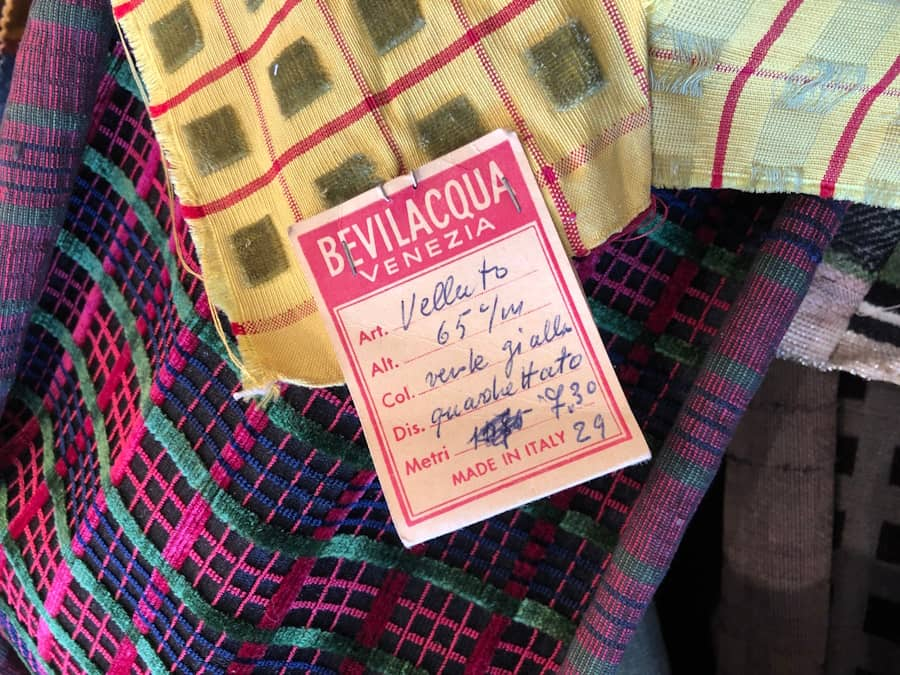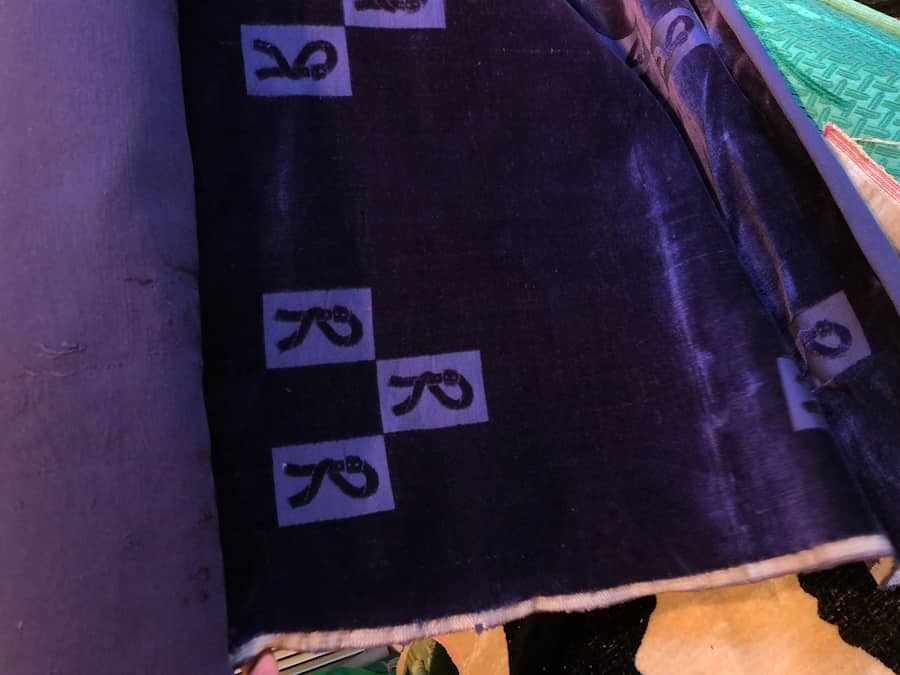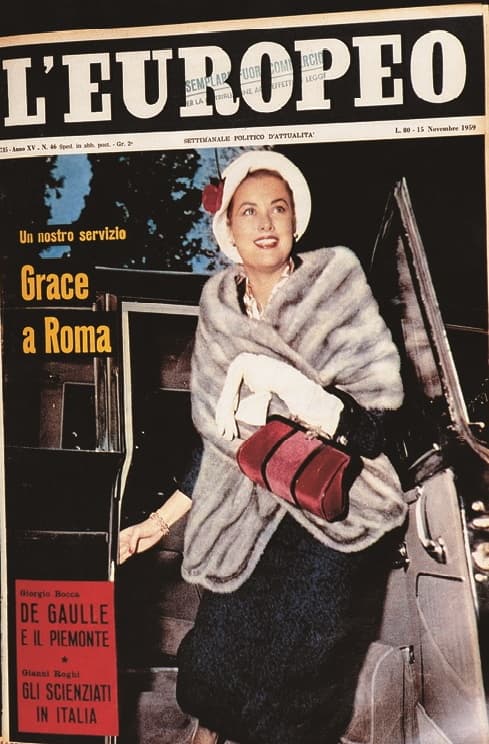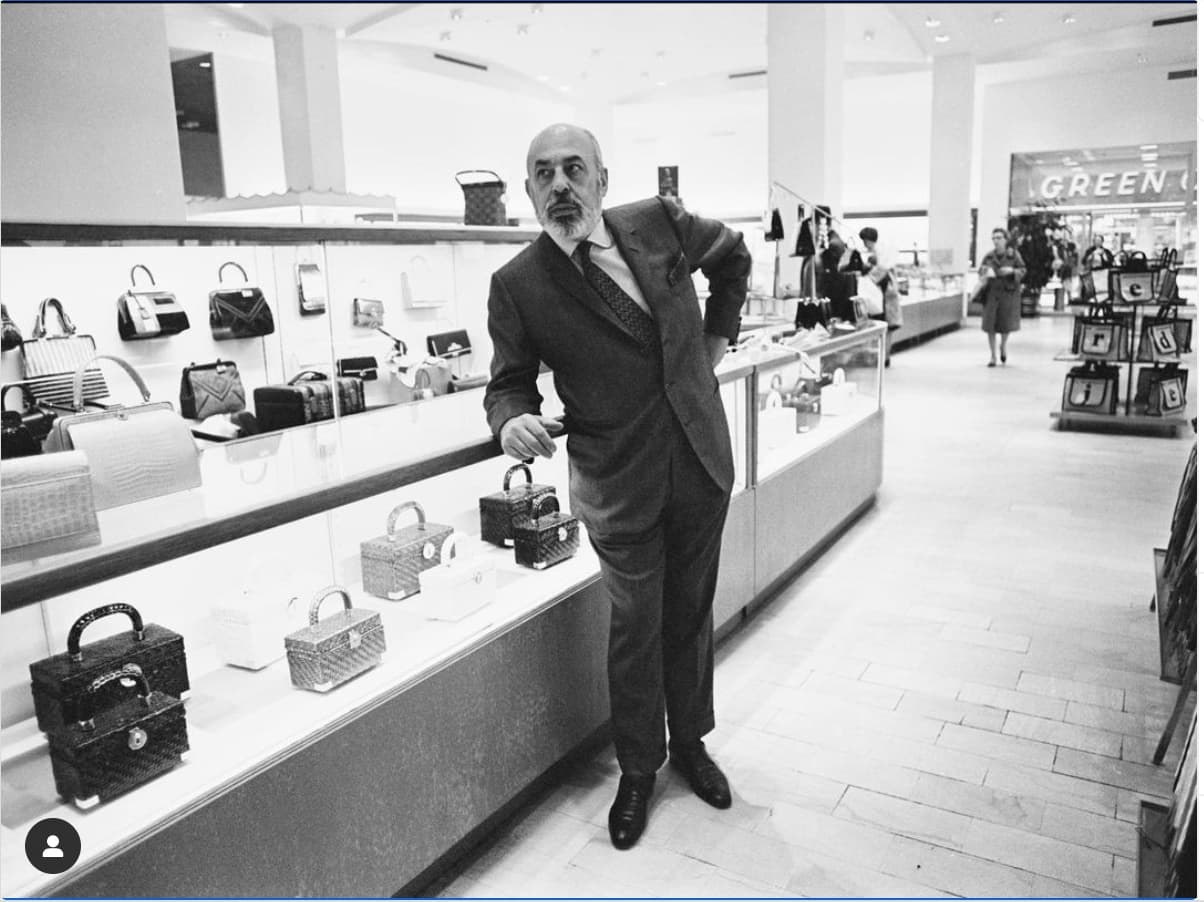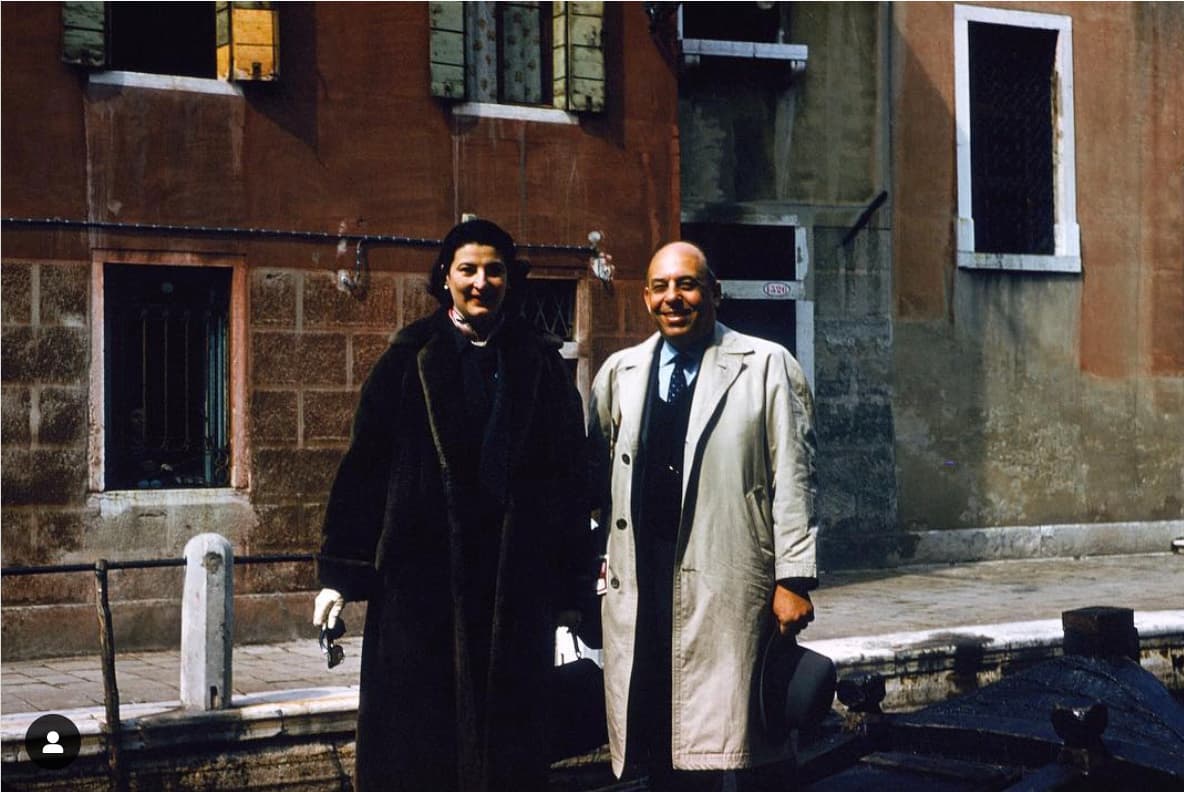There was a time when the world of fashion was not as we know it today. Some fashion designers, real pathfinders and artists, contributed to its evolution. We’ll tell you the story of one of them, Roberta di Camerino, and of the amazing collaboration created with our Tessitura.
A Venetian Girl Surrounded by Beauty
Roberta di Camerino’s real name was Giuliana Coen, and she was Venetian, born into a wealthy Jewish family. Her affluent status was also reflected in her clothes, which she used to buy with her mother in Paris, at Chanel and Dior. And among her childhood memories, there was often her mother effortlessly choosing colors and accessories for her outfits, always managing to create original combinations of great style and elegance.
Giuliana was fascinated by the colors that were created by the reflection of light on the waters of the Venetian canals: unpredictable, wonderful and ever-changing. An exposure to beauty and aesthetics that helped her to cultivate and refine her innate creative talent over time.
The Creative Turning Point
In 1943, in her early twenties, due to the persecution of Jews by the Italian fascist regime, Giuliana fled with her family to Lugano, Switzerland. It is there that, a little by chance and a little by necessity, she began to handcraft her first handbags. But she was not happy with them, she felt they were lifeless, boring, encapsulated in the stereotypes of the time that wanted the bag as a mere utility accessory, which had to match the color of her dress and shoes.
This is not what her creative instinct was telling her and that’s why she decided to break the mould, finally giving bags their deserved importance and their own personality. First of all, she focused on colors: they had to be bright and combined in unusual ways. A handbag needed to be flaunted as a beautiful object in itself.
It was 1945, World War II was over and Giuliana had returned to Italy. There was a great desire for new energy and to leave the dark years behind and her creations were a revolution, with an enthusiastic response.
But the real turning point came a few years later.
An American Businessman in Venice
Giuliana took the professional name of Roberta di Camerino and her handbags made their way to the fashion press. “Bellezza” magazine, which at the time informed the international public on the trends of the emerging Italian fashion, published two color full-pages featuring Roberta di Camerino’s bags. And it was thanks to this magazine that Stanley Marcus, president of the luxury department store Neiman Marcus, noticed Giuliana’s revolutionary bags and brought them to the United States.
Stanley was a very sharp, intelligent, creative and well-informed man. During a trip to Venice, he asked Giuliana to take him to visit our Tessitura, and its magical antique looms, famous for the beautiful velvets that we were making mainly for the Vatican at the time. He wanted to study new fabrics for precious evening dresses. But when they arrived at our workshop and saw the handmade soprarizzo velvets, they had an epiphany: velvet would be the fabric of Roberta di Camerino’s new handbag.
Venetian Velvets for the Bagonghi Bag
It was 1950 and a close and lasting partnership was born between Giuliana and Giulio Bevilacqua, the father of the current Tessitura’s owners. The Tessitura was the first company to collaborate with Roberta di Camerino for luxury material supplies and the creation of her products. Enthusiasm ran high: there were new colors and patterns to experiment with, in a creative process that started with Giuliana but involved all the Tessitura staff.
Giuliana was spending hours studying color combinations and how to use the new fabric, previously unexplored for handbags, but which fascinated her because of the warm tones the colors took on the soft pile of velvet. She understood the quality and preciousness of craftsmanship, succeeding in making the Venetian soprarizzo velvet known and appreciated all over the world.
This is a handmade velvet with two layers of pile, a smooth top pile and one at the base, made up of silk curls which reflect light in different ways giving the fabric a unique chromatic richness and texture. As unique is its production, slow and meticulous, that uses antique techniques and in which only 30 cm are made every day, and for this reason even more precious.
Giuliana continued her path of inspiration and wanted to embellish her new bag with straps, buckles, and loops, but she was afraid of cluttering it with too many embellishments. That’s when she came up with another extraordinary idea: there would be these decorations, but incorporated into the fabric as patterns, creating trompe l’oeil on the velvet, which would become one of her distinctive features.
And today there still remain, as evidence of that work, samples of velvet, proofs of designs and color combinations, in our archives.
Thus, was born the legendary “Bagonghi” bag in Bevilacqua velvet.
Image Gallery from “Roberta di Camerino – Introduzione” by M. Stangherlin
The It Bag Loved by the Stars
The shape was inspired by the doctor’s bags, and the velvets used were specially made by Tessitura Bevilacqua. Some by hand, some of them soprarizzo, with original designs and unusual but extraordinarily beautiful color combinations. The Bagonghi bag is perhaps the first It bag, a truly iconic accessory that has experienced a resounding worldwide success. Loved and worn by stars and celebrities such as Grace Kelly, who appeared on a famous cover of Europeo magazine in 1959 holding her fabulous Bagonghi, but also Liz Taylor, Farrah Fawcett and more recently Madonna.
Roberta di Camerino Protagonist of a Dissertation
Giuliana Cohen’s glamour and her achievements inspired Matilde Stangherlin, a student at IUAV in Venice, Italy, in the Faculty of Fashion Design and Multimedia Arts. Matilde, born and raised in Venice, discovered the Roberta di Camerino brand and was surprised to find that a brand that had inspired some of the most famous international fashion houses and had known a past of great splendor had fallen into oblivion. As a result, she undertook extensive research on Roberta di Camerino, turning it into her dissertation.
Not only to tell her story, but also to delve into the social and cultural context in which Giuliana was born and raised, and to understand what influences they had on her. To this end, Matilde drew on the testimonies of those who worked with Giuliana Cohen, such as the Bevilacqua family.
Venice, the setting for Roberta di Camerino’s rise, is described as an isolated and self-referential society, in which limited geographical extent and a certain isolation lead to pro-social behavior. Venetians know each other, remember their fellow citizens who have achieved a certain notoriety, and have not forgotten Roberta di Camerino, who has played a relevant role not only in Italian fashion, but also internationally.
She has been a source of pride for Venice, offering a product and image of sophistication linked to the city, the result of her creativity and capacity for innovation. Roberta di Camerino also had an economic impact on her city. In the 1980s, in fact, the company had about 250 employees between offices and production, with an additional group of subcontractors collaborating with the brand.
For this reason, Matilde wished to restore some of its well-deserved luster to this historic brand, in the hope that it could regain its former prestige with a project faithful to Giuliana Coen’s spirit. For her, elegance was not simply a matter of money, but of style and quality, intrinsic values guaranteed by the craftsmanship knowledge that Roberta di Camerino has brought all over the world with her creations.
Image Gallery from “Roberta di Camerino – Introduzione” by M. Stangherlin

